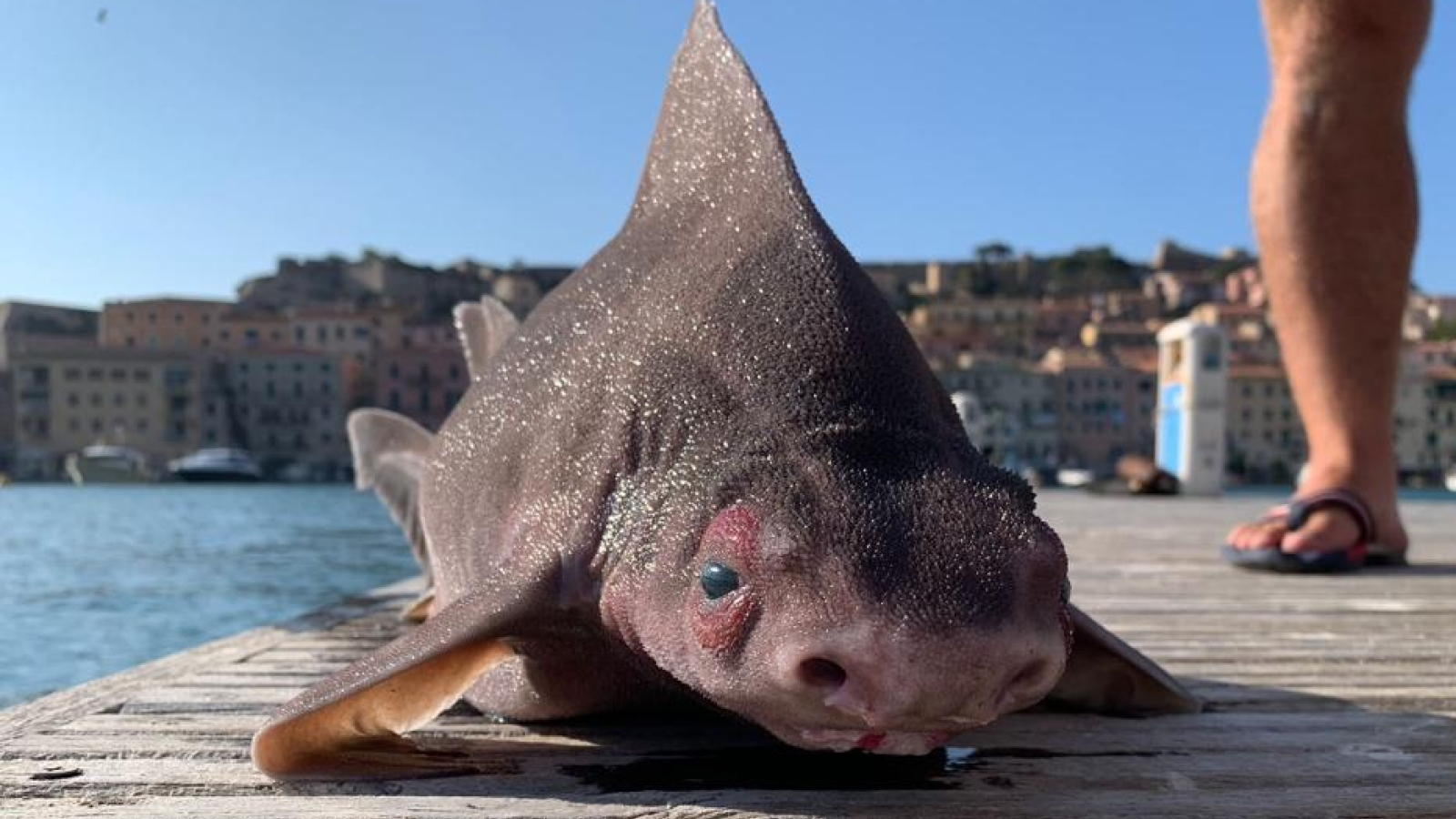Amazing animals — A look at the weird and wonderful species that live on our planet
Latest about amazing animals

Babirusa: The prehistoric 'deer' pigs with huge antler teeth
By Lydia Smith published
Babirusas are believed to have diverged from their pig ancestors between 26 million and 12 million years ago after getting isolated on Sulawesi when sea levels rose at the end of the last ice age.

Short-horned lizard: The inflatable 'horny toad' that squirts toxic blood from its eyes
By Lydia Smith published
This little lizard can fire blood up to 5 feet from its face, has spiky horns and inflates itself to choke predators.

Alligator gar: The 'living fossil' that has barely evolved for 100 million years
By Melissa Hobson published
This living fossil can grow as large as an alligator, has two rows of needle-sharp teeth, and such strong armor that it survived predatory dinosaurs.

Siphonophores: The clonal colonies that can grow longer than a blue whale
By Lydia Smith published
Siphonophores are unusual animals made up of individual organisms called "zooids," which each have a distinct function — despite being genetically identical.

Antechinus: The tiny marsupials where males have sex until they die — then females eat their corpses
By Hannah Osborne published
All species in the antechinus genus have the same frenzied mating system, where males have sex until they die from organ failure, then the females gobble up their corpses.

Angular roughshark: The pig-faced shark that grunts when captured
By Lydia Smith published
An angular roughshark pulled from the water near Elba, an Italian island near Tuscany.

Giant oarfish: The 'doomsday' fish of legend that supposedly foreshadows earthquakes
By Melissa Hobson published
In mythology, giant oarfish are said to foreshadow earthquakes, although evidence shows this is not the case.

Thorny devil: The spike-covered lizard that sucks water from sand through its skin
By Lydia Smith published
Thorny devils have a plethora of defenses against predators, including a fake head and a weird jerky walk.
Get the world’s most fascinating discoveries delivered straight to your inbox.


